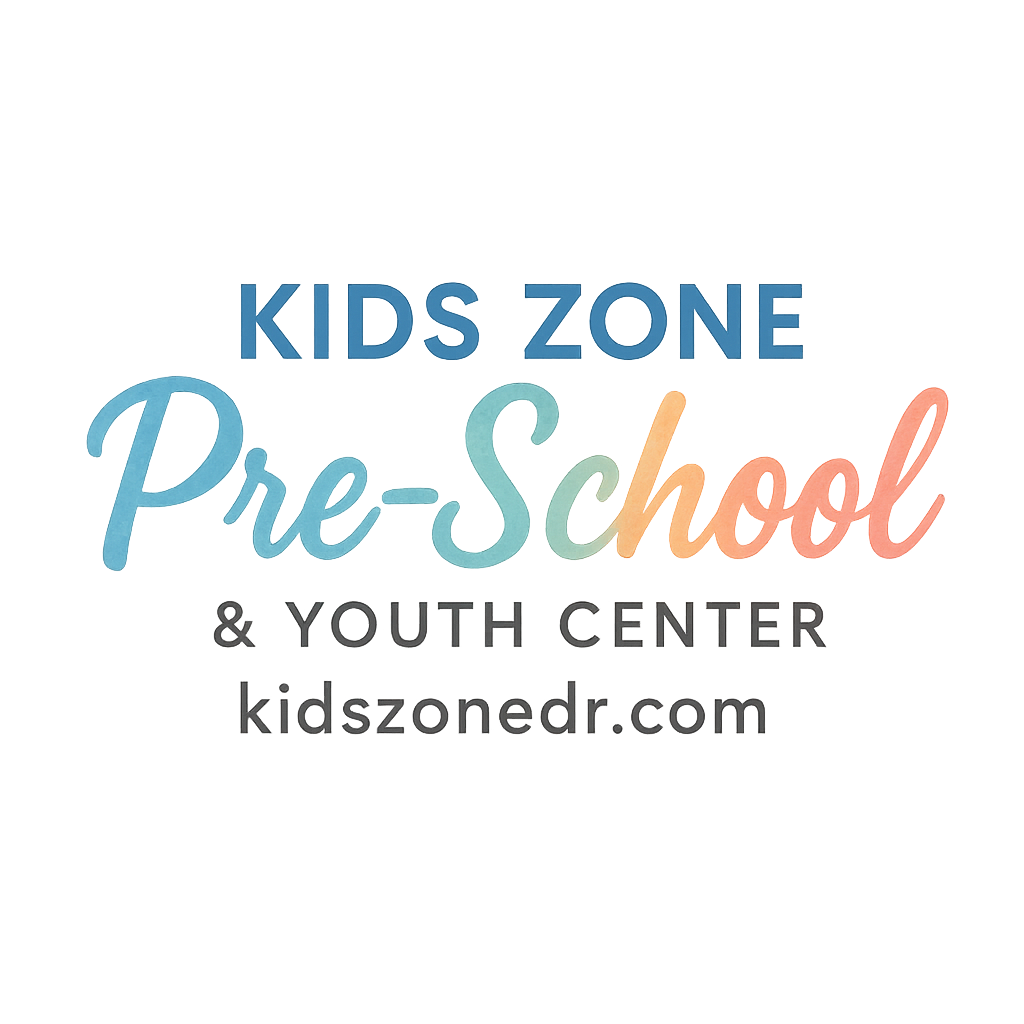Introduction: Why Screen-Free Play Matters Today
Let’s be real—screens are everywhere. From tablets to TVs, kids are exposed to technology earlier than ever before. While digital tools have their benefits, preschoolers and young children thrive most when they play without screens. Screen-free play isn’t just about keeping kids busy; it’s about fueling imagination, building social skills, and promoting healthy development.
In this guide, we’ll explore five preschool and youth center screen-free play ideas that teachers, caregivers, and parents can easily implement. These activities are fun, engaging, and most importantly, support well-rounded growth.
Understanding the Importance of Screen-Free Play
The Impact of Excessive Screen Time on Kids
We’ve all seen it—children glued to screens, barely blinking. But too much screen time can harm attention span, disrupt sleep, and even affect emotional health. Studies show that overexposure can delay language skills and hinder creativity. That’s why it’s crucial to balance technology with hands-on experiences.
How Screen-Free Play Boosts Development
Screen-free activities create opportunities for kids to:
- Strengthen problem-solving skills.
- Build social connections through teamwork.
- Develop fine and gross motor skills.
- Boost creativity and self-expression.
Screen-free play is where real-world learning happens—whether through stacking blocks, painting, or running in the playground.
Idea 1: Creative Arts and Crafts Corner
Benefits of Arts and Crafts for Preschoolers
Art projects spark creativity, build fine motor skills, and boost confidence. When children cut, glue, and color, they’re not just creating—they’re learning patience, focus, and expression.
Simple Craft Ideas for Youth Centers
Nature-Inspired Craft Projects
Take kids outdoors, collect leaves, flowers, or twigs, and bring them back for craft time. Leaf rubbings, flower collages, or twig picture frames are not only fun but also connect kids to nature.
Recycled Materials Craft Projects
Empty toilet rolls, cereal boxes, and bottle caps? These can become rockets, puppets, or toy cars. Recycled crafts teach children the value of sustainability while letting their imaginations run wild.
👉 For more on how creative play supports learning, check out Preschool Learning Development.
Idea 2: Outdoor Adventure and Nature Play
Why Outdoor Play Builds Confidence
Running, climbing, and exploring outdoors helps kids grow stronger physically and mentally. They learn to take risks, solve problems, and build resilience—all while having fun.
Activities That Encourage Exploration
Gardening Activities for Kids
Kids love getting their hands dirty. Planting seeds, watering flowers, or harvesting vegetables introduces them to responsibility and the magic of growth.
Nature Scavenger Hunts
Give children a list of simple items—like a smooth rock, a yellow flower, or a feather—and let them explore. This game sharpens observation skills and encourages curiosity.
For daily outdoor inspiration, see Daily Routines Activities.
Idea 3: Music, Dance, and Rhythm Games
The Role of Music in Early Learning
Music boosts memory, rhythm builds coordination, and dancing enhances confidence. Preschoolers naturally respond to beats and melodies, making music an excellent screen-free activity.
Screen-Free Music and Movement Activities
Rhythm Stick Games
Provide simple rhythm sticks (or even wooden spoons). Clap, tap, and create patterns that children can copy. This builds listening skills and timing.
Freeze Dance Challenges
Play music, let the kids dance, and pause it suddenly. Everyone freezes like a statue. It’s simple, hilarious, and fantastic for motor control.
Want more rhythm-based ideas? Visit Child Talk.

Idea 4: Sensory Play and Hands-On Learning
Why Sensory Play is Essential for Growth
Sensory play strengthens the brain’s connections and supports skills like math, science, and language. It’s also calming, especially for children who struggle with big emotions.
Practical Sensory Play Activities
Water and Sand Play
Set up tubs with water or sand, add scoops, cups, and small toys. Children practice pouring, digging, and experimenting—essential early science learning.
Texture Exploration Boxes
Fill boxes with safe materials like rice, pasta, cotton balls, or fabric scraps. Blindfolded, kids can explore textures with their hands, boosting sensory awareness.
Learn more about sensory-based growth at Kids Development.
Idea 5: Imaginative Role-Play and Storytelling
How Pretend Play Builds Social Skills
Role-playing helps kids understand empathy, cooperation, and problem-solving. Whether they’re pretending to be a doctor, chef, or superhero, they’re practicing real-life skills.
Role-Play Ideas for Preschool and Youth Centers
Puppet Shows and Storytelling Circles
Puppets capture attention like magic. Kids can create stories, act them out, and build narrative skills. Storytelling circles encourage listening and communication.
Dress-Up Corners and Imaginative Scenarios
A simple box of costumes—firefighter hats, princess gowns, or animal masks—can fuel endless hours of role-play. Children learn teamwork and expand their creativity.
For more role-play inspiration, visit Parental Guidance Involvement.
Integrating Screen-Free Play into Daily Routines
Balancing Structure with Free Exploration
Daily routines matter, but flexibility is key. A mix of guided play and free exploration helps children feel secure while nurturing independence.
Encouraging Consistent Habits
Making screen-free play part of a child’s daily life builds long-term habits. Whether it’s a morning craft session or afternoon outdoor play, consistency makes it stick.
More on structure can be found in Daily Schedule.
Role of Parents and Educators in Screen-Free Play
Building Strong Partnerships for Child Growth
Parents and teachers working together ensure children get balanced, enriching play experiences. Open communication fosters a supportive learning environment.
Tips for Guiding Without Overstepping
Adults should guide gently—providing tools, space, and encouragement without controlling every move. The goal is to let kids lead their play.
Explore more in Parenting.
Health, Safety, and Wellness During Play
Creating Safe Environments for Exploration
Supervision matters, but so does giving children freedom. Safe spaces with age-appropriate equipment allow kids to explore with confidence.
Encouraging Healthy Habits Alongside Play
Hydration, snacks, and breaks are just as important as the play itself. Pairing healthy eating with play builds long-term wellness.
Dive deeper at Health & Safety in Preschool.
Conclusion: Growing Up Beyond the Screen
Screen-free play is more than just entertainment—it’s the foundation for healthy development. From arts and crafts to outdoor exploration, music, sensory activities, and role-play, children gain skills that screens simply can’t provide.
Preschools and youth centers have the power to shape habits that last a lifetime. By weaving these activities into daily routines, we can raise confident, creative, and curious children who thrive beyond the screen.
FAQs
1. Why is screen-free play important in preschool?
Because it encourages creativity, social interaction, and real-world problem-solving that screens can’t replace.
2. How much screen time is too much for preschoolers?
Experts recommend no more than one hour per day, ideally with co-viewing and balanced with active play.
3. What’s the best screen-free activity for a rainy day?
Arts and crafts, puppet shows, or sensory bins are perfect for indoor fun.
4. How can parents encourage screen-free play at home?
Create play zones, set routines, and model screen-free habits yourself.
5. Are screen-free activities suitable for all ages?
Yes, but they should be age-appropriate—what works for preschoolers may need adjustment for older youth.
6. Do sensory activities really help with learning?
Absolutely. They build neural connections that support math, science, and language learning.
7. How do youth centers benefit from screen-free play programs?
They create healthier, more engaging environments that promote growth, teamwork, and lifelong learning.


